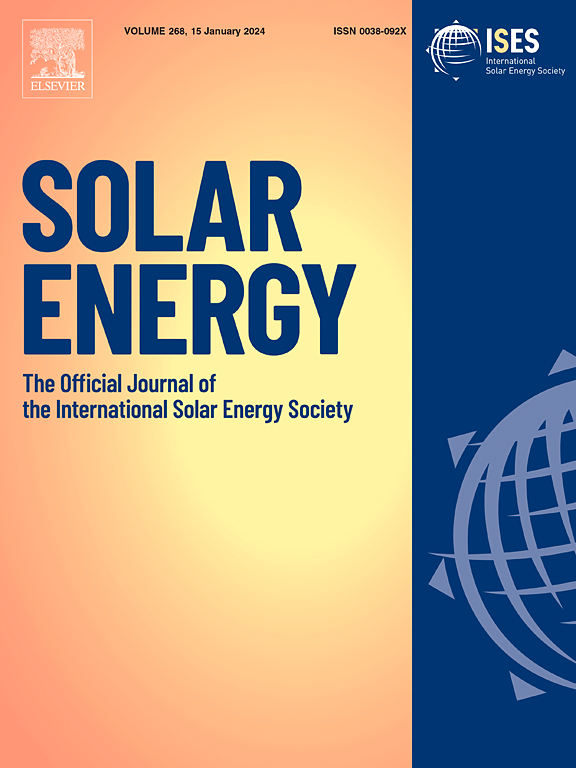Review of unmanned ground vehicles for PV plant inspection
IF 6
2区 工程技术
Q2 ENERGY & FUELS
引用次数: 0
Abstract
The growth of utility-scale solar power plants, which can now have more than a million PV modules, has created the need for automated monitoring and inspection technologies. Unmanned aerial vehicle (UAVs, or “drones”) have become widely used, especially for thermal infrared imaging, due to their falling cost, increasing technical capability, and ability to survey many modules quickly. However drones have certain limitations: they do not see the underside of PV arrays or balance-of-system equipment, it is difficult to hold a steady position for long- or repeated-exposure imaging, and operating permits can be onerous. In such cases unmanned ground vehicles (UGVs, or “robots”) can be advantageous for PV plant inspection. This paper reviews robot movement mechanisms (wheels, tracks and legs), types of PV faults for which they are suited, and their current status of use in commercial solar farms. Further, it examines typical obstacles to robot navigation in Australian solar farms. Key conclusions are that robots are likely to complement rather than replace drones for PV inspection, and are especially valuable for reducing fire risk by detecting hot-spots in electrical components.
求助全文
约1分钟内获得全文
求助全文
来源期刊

Solar Energy
工程技术-能源与燃料
CiteScore
13.90
自引率
9.00%
发文量
0
审稿时长
47 days
期刊介绍:
Solar Energy welcomes manuscripts presenting information not previously published in journals on any aspect of solar energy research, development, application, measurement or policy. The term "solar energy" in this context includes the indirect uses such as wind energy and biomass
 求助内容:
求助内容: 应助结果提醒方式:
应助结果提醒方式:


